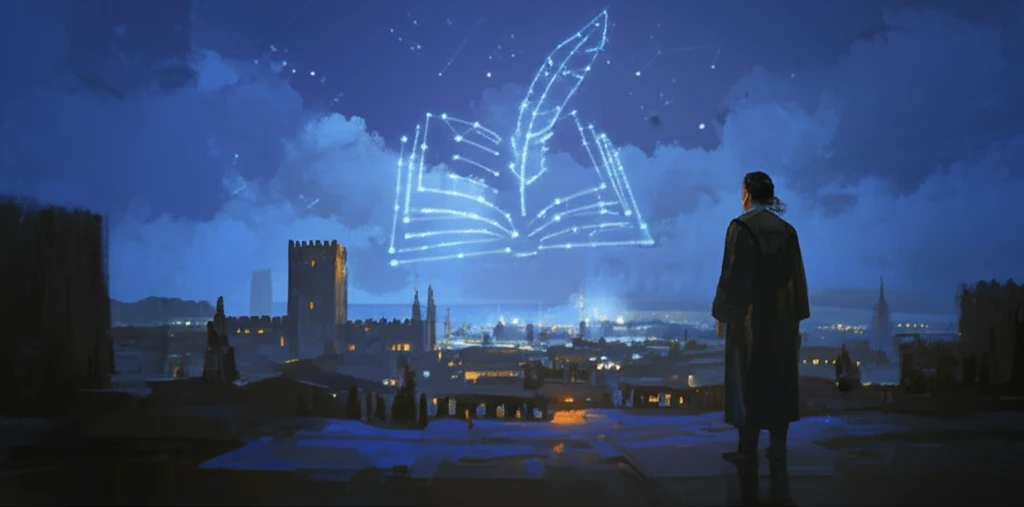
Unveiling Córdoba's Literary Circle: How a 15th-Century Poet's Feud Illuminates a Lost World
"Delve into the hidden connections between nobles, poets, and power in medieval Spain through the lens of a fascinating literary dispute."
In the vibrant tapestry of 15th-century Spain, Córdoba stood as a center of culture, power, and artistic expression. While much is known about the major historical events of the era, the intimate details of daily life, especially within literary circles, often remain shrouded in mystery. However, by examining the intricacies of a specific poetic dispute, we can illuminate the complex relationships between the nobles, poets, and political figures who shaped this fascinating period.
Recent scholarship has shed new light on a compelling case: a literary feud involving Martín Alfonso de Montemayor, a judge and poet, and his connections to the broader cultural landscape of Córdoba. This dispute, far from being a simple artistic disagreement, reveals a network of alliances, rivalries, and shared interests that defined the city's intellectual life.
By exploring the context surrounding this poetic exchange, we can gain a deeper appreciation for the social and political forces that influenced artistic creation in 15th-century Córdoba. This article will delve into the details of the dispute, examine the key players involved, and uncover the hidden connections that link them to the wider world of medieval Spanish society.
The Poetic Duel: Unpacking the Dispute Between Baena and Guzmán

At the heart of this story lies a poetic exchange between Juan Alfonso de Baena, a prominent compiler of verses, and Juan de Guzmán. The subject of their debate centered on the age-old question of whether will or reason should take precedence. As the two poets traded verses, their disagreement evolved into a full-blown literary contest, showcasing their wit, skill, and rhetorical prowess.
- Juan Alfonso de Baena: A key figure as the compiler of the 'Cancionero de Baena,' a vital collection of medieval Spanish poetry. His participation in the dispute highlights his active role in the literary scene.
- Juan de Guzmán: While less known today, Guzmán was a prolific writer whose involvement in the debate demonstrates his literary talent and connections to influential figures.
- Martín Alfonso de Montemayor: As the chosen arbiter, Montemayor's background as a judge and his ties to Córdoba's nobility make him a central figure in understanding the intersection of law, literature, and power.
A Glimpse into a Forgotten World
By examining the lives and relationships of figures like Martín Alfonso de Montemayor, we gain a richer understanding of the complex social and political dynamics that shaped artistic creation in 15th-century Córdoba. This glimpse into a forgotten world not only illuminates the past but also offers valuable insights into the enduring power of literature to reflect and influence society.
